This blog was written by Chavi Jain, Deputy Director of Measurement, Learning, and Evaluation at TaRL Africa. She has supported TaRL scaling in several countries for over eight years. For the 2023 UKFIET conference, 28 individuals, including Chavi, were provided with bursaries to assist them to participate and present at the conference. The researchers were asked to write a short piece about their research or experience.
The current education landscape is full of examples of promising projects that start strong but don’t grow big or stick around. A simple classification to understand the scaling success of programs (especially with governments) could be this:
- Level 1. Programs that are proven to be effective. These are limited.
- Level 2. They are effective and have been implemented at scale with quality, especially in a variety of locations. These are even rarer. And finally,
- Level 3. The initiatives are effective, have been implemented at scale, and are also successfully embedded (or institutionalized) in the government system. These are, of course, exemplary.
Teaching at the Right Level (TaRL) – an evidence-based foundational learning approach, initially developed, tested, and refined by Pratham and JPAL in India – has been scaling in multiple contexts with governments. TaRL Africa has partnered with the governments of Zambia, Côte d’Ivoire, and Nigeria to implement and ultimately institutionalise TaRL in existing public systems. According to the above classification, we would be at Level 2.
Understandably, achieving Level 3 success (as described above) is a result of a multivariate equation. There are several factors at play – social, cultural, political – that we, as NGOs, are often not privy to. However, in our experience, there are things we can do to have a better chance at success. Here they are.
1. Cultivate a long-term vision
In education development, things often take decades (not years) to change, so unless there’s a vision that’s really long-term, it’s hard for any systemic shift to happen. This doesn’t mean having everything figured out (or all funds secured) right from the beginning, but having that compass is absolutely necessary.
Take the example of TaRL in Zambia. Over time, it has expanded to cover eight of the country’s ten provinces, benefiting over 1 million children. Since its start in 2016, various players like donors, implementation organisations, and researchers have supported the program in different, and sometimes unexpected ways. However, the main goal (or the long-term vision) has remained unchanged. In fact, it is what has led to a lot of those fortunate collaborations happening.
Additionally, we have to think of the program as the government’s. Not “ours”. Unless everyone in the system sees a program as the government’s, it probably can’t last long, especially in practice. NGO programs are time-bound but government programs could be timeless. And the vision needs to be aligned accordingly.
2. Have program design features that support government uptake
There are certain design features that matter when implementation is considered. The first is how the program is created. When TaRL Africa starts a program in a country, we don’t just import the materials from another country. We work with local officials and have them create contextualised materials. All design elements – grades, duration, languages, team structures, processes – are decided with the government. We try our best to understand the existing government structures and develop relationships within the system so we can be sure that the program can indeed be run without us, in a truly long-term way.
When a program runs for a long time in a country (hopefully) and increases in scale, it must also evolve in the process. With time, the needs change, and the program has to respond. Therefore, another design feature in every TaRL program is the idea of ‘review meetings’ at all levels. We try to design the programs in such a way that the government teams at all levels periodically look at data and implementation closely. It’s a deliberately built-in design element, which helps the program adapt.
Finally, the simpler and leaner a program is, the more likely it is to stick in the system. Teachers and other government actors welcome an initiative more when it supports their current responsibilities and doesn’t increase their workload to unsustainable levels.
3. Build buy-in and skills among people at all levels
Vision and planning are one thing but only people at all levels in the system bring them to practice. People are the system, really. So how do we get them on board?
First, at the top levels, we build alignment on the need and possible solutions through needs assessment, discussion on data, and learning journeys. We take officials to another country where TaRL is happening, for them to meaningfully engage with the program before deciding to try it in their own contexts.
For the middle-level officials, who actually take a vision to practice on the ground and where things often break down at scale, we take conscious steps for them to engage more deeply so that they become “Leaders of Practice.” One of the ways we do this is by getting them to conduct practice classes for 15-20 days and experience the methodology first-hand. They understand and believe in the approach much more when they themselves see rapid results in their own classes.
Now, while people’s buy-in is an absolutely necessary step, it’s not sufficient for them to “hold” the program effectively. They need to be skilled in the diverse roles needed for quality implementation. We believe that this is where we, as external NGOs, can add a lot of value by identifying gaps and building capacity continuously.
4. Find the right timing for institutionalisation
Institutionalisation is a long-term, complex process, and there isn’t a certain roadmap for it (at least so far). But there are a few things we have learned from our experience.
First, the government is more keen to consider institutionalisation when an initiative is at a substantial scale. In Zambia, only when the program reached more than 50% of the schools in the country, the Ministry of Education decided to form a Coordination Committee to plan institutionalisation.
Also, certain windows of opportunities emerge from time to time, which helps influence change. For example, in Côte d’Ivoire, when the Ministry of National Education and Literacy (MENA) was formulating its foundational skills strategy (SNAPAS) supported through two large funding mechanisms, it decided to include TaRL in it and scale it to the entire country. This could otherwise have taken much longer. This is why program teams must think flexibly, so that when the right window opens up, we can bring ourselves in. We never know when the next opportunity comes.
These are only some early reflections from our journey and there are several questions we are grappling with, such as: What does it take to maintain impact/ quality when a program is institutionalised? What happens when external funding completely dries up? How lean do programs need to become to sustain without reliance on external funding?
As we chart a course towards a more profound global educational impact, these insights provide a foundation to foster enduring change. While there are challenges ahead, the journey is undeniably promising.

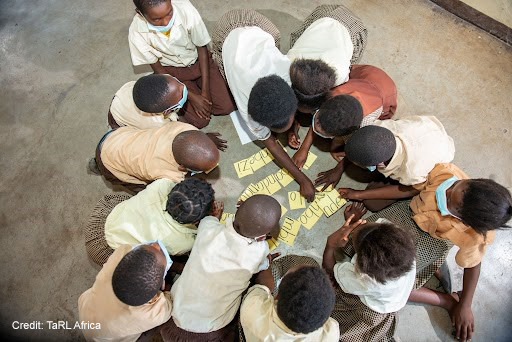
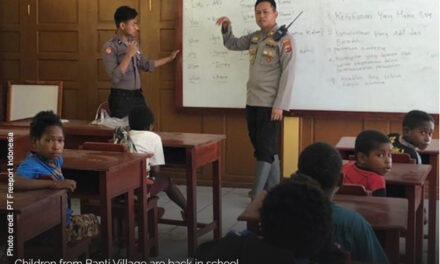
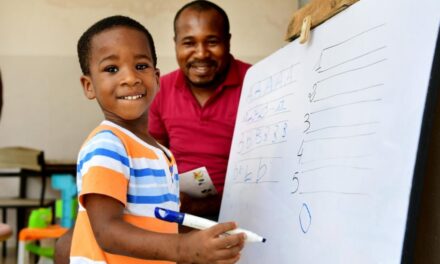
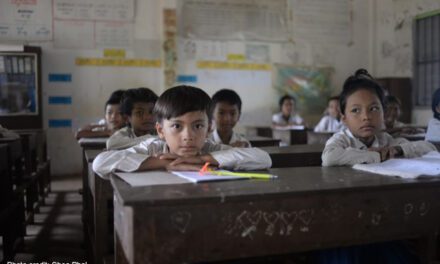
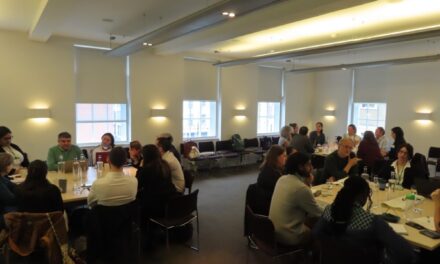
Thank you, for this insightful summary. I think guaranteed funding by the Ministry of Education is an important element to ensure sustainability. At the moment the TaRL programme in Zambia while embedded in government systems, is donor dependent. the MoE depends on donors and NGOs to oversee implementation. In addition, while the methodology is simple, it is overwhelming for teachers who are already stretched to take an extra hour after school for sustainability it could be part of the regular curriculum.
Thanks for your comment, Maimuna. I agree with you that funding by the government and integration into timetables are both very important for sustainability. TaRL Africa is working with the Catch Up Coordination Committee on both these points.